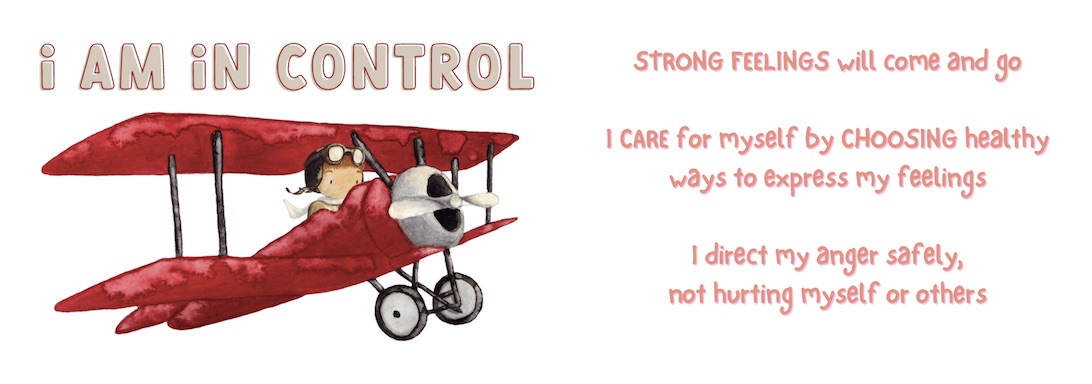Session Four
Help! … I feel angry!
Anger is a natural response to a loss of any kind. It’s OK to feel angry. What we do with the feeling is the important part. Strong feelings such as anger, build up in the body and can come out in ways that can look like irritability, physical distress, acting hostile, hitting and kicking, screaming or sudden outbursts. These experiences might cause the person to be labelled as naughty or uncontrollable. Feelings of guilt and shame can be associated with feeling angry but anger is a completely normal emotion that needs to be managed correctly.
Anger can be a tricky emotion … Sometimes we hide our feelings of anger because we are scared of what we might do or how others will react. When we hide our anger it does not go away, it remains in our bodies and comes out in our attitudes and actions.
At other times, we may look and feel angry but our anger can also be covering deeper feelings that hidden beneath the surface. These feelings are what we felt first before we displayed our anger … feelings like being scared and confused, being embarrassed and hurt, feeling trapped, pressured and uncomfortable.
Let’s journal about what makes you angry and any associated feelings you may be feeling also. Download the My Anger Activity Worksheets HERE
Anger Exercise … to get angry energy out!
There will be times when you feel REALLY REALLY ANGRY. It is good to use some of that energy up by doing something physical. The Anger Exercise will help to get the anger out of your body and express your feeling safely … without hurting yourself or others. For this exercise you will need some paper that you can tear up … maybe an old newspaper or book. Let’s join Miss Dee and Chloe back at The Rainbow House…
What’s my brain got to do with it?
Did you know that the brain is like a house that has an upstairs and downstairs. Downstairs represents the lower regions of the brain and is fully developed at birth. It includes the Primitive Brain … responsible for our basic functions, keeping us alive and the Limbic System … responsible for our impulses and emotions.
Upstairs is made up of several sections that collectively are called the Prefrontal Cortex … responsible for more complex mental processes like decision-making, self-awareness, personality traits, planning, empathy, and morality. It continues to evolve as we grow as it is not fully developed until around the age of 25.
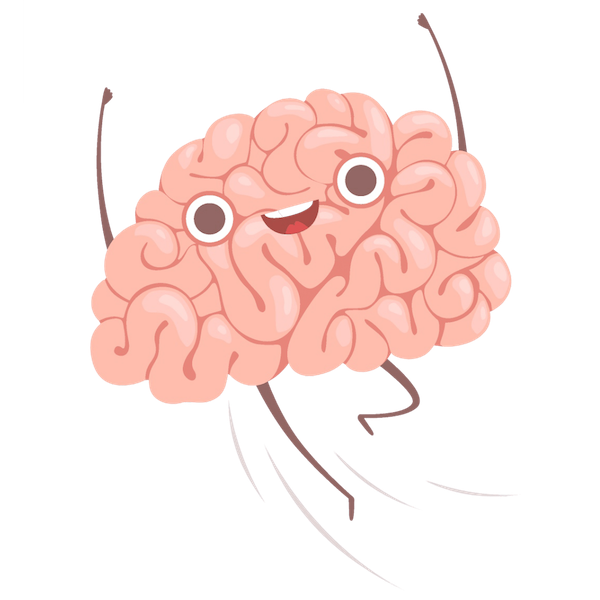
primitive brain ... the go-getter
This part acts on its own, keeping you alive and moving by controlling fundamental body functions such as breathing, eye movements, blood pressure, heartbeat, swallowing, digestion and sleeping … it is the fastest part of the brain and is always working.
If Primitive had a motto it would be … don’t stop til you drop!
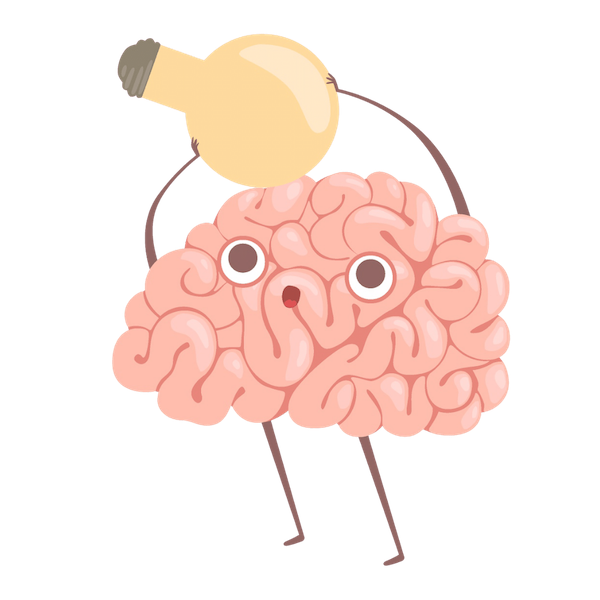
prefrontal cortex ... the organised worker
The Prefrontal Cortex is the part of the brain where thinking, problem-solving and self-control happens. It works to help you think clearly, make wise choices, pay attention, learn and moderate your behaviour. To make good choices, the Prefrontal Cortex works in an orderly, controlled manner, analysing all the information from what the body gathers through the senses … sights, sounds, smells, and movements.
If the Prefrontal Cortex had a motto it would be … rest and digest!

limbic system ... the emotional rescuer
The Limbic System is made up of several parts of the brain, each having different functions. The Limbic System stores our emotions, memories and tries to protect us at all costs. When there is danger present, the Limbic System takes over and reacts immediately … choosing a fight, flight or freeze response in order to protect us from that threat of danger.
When the Limbic System takes control, the information that should go to the Prefrontal Cortex to process is hindered, causing choices to be made swiftly instead of in a controlled way. When we react without thinking our Limbic System is in charge.
If the Limbic System had a motto it would be … act now and think later!
Strong Feelings and the Brain
When we go through a big change we have strong feelings. Some of our memories may cause us to feel sad, upset or scared. We may feel unsure about the future so our thoughts fill with worry and fear. These strong feelings can cause a stress response in the body. Our LImbic System thinks we are in danger and tries to come to the rescue as it is unable to recognise the difference between a real danger and the feelings of danger within the body.
When we are in this state of stress, our Limbic System takes control from our Prefrontal Cortex and we begin to act from a fight, flight or freeze response. It is important to process our emotions so we decrease these stress triggers in our body. This in-turn will help reset the brain so we can make good choices and move forward calmly.
Now let’s take a moment to calm our nerves and reset our brain. We will join Miss Sophia as she shows us how to be still and just breathe…
My Flipping Brain - Amiee’s Story
Now, let’s read a story about a young girl who is reacting with strong feelings after going through a divorce and coping with a new family dynamic. Press play on the video to join our story time session with Miss Dee.
My Flipping Brain Action Plan
When strong feelings start to overwhelm you and you feel like your brain is going to flip, it’s important to have an action plan so you can express these feelings in a safe way … without hurting yourself or others. Below, scroll through the activities Amiee including in her Flipping Brain Action Plan after being at The Rainbow House. Which activity might be helpful to you? … let’s develop our own plan of action to keep and use when strong feelings arise and our brain wants to flip! Download the My Flipping Brain Action Plan Worksheet HERE


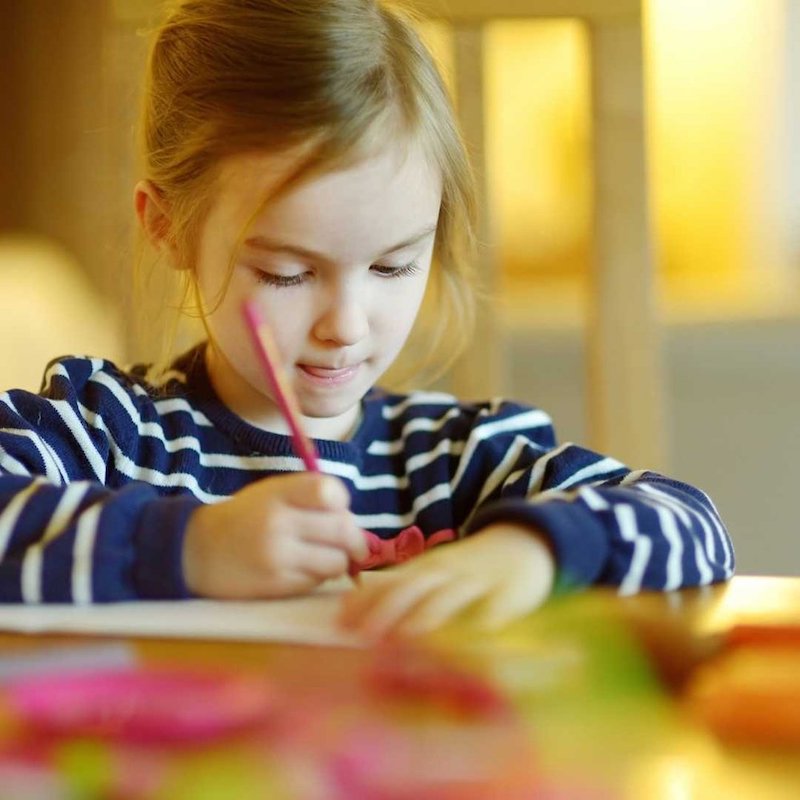
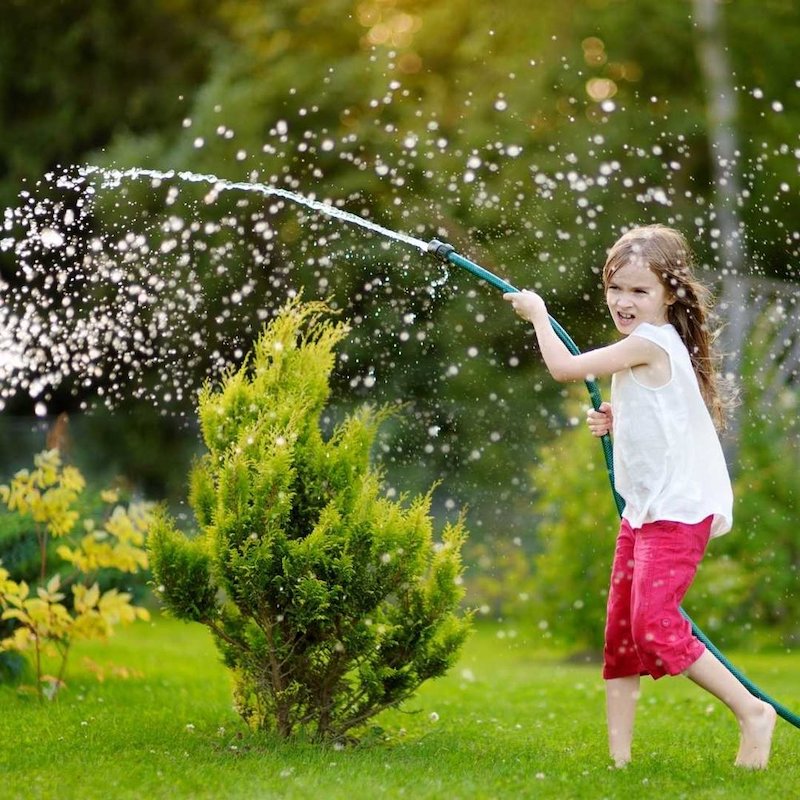
Anger Shapes … when I feel angry
If your anger had a shape what would it look like? … and what would it feel like? Anger shapes can be made anytime you need to get angry energy out safely by expressing your anger through the use of play-dough and music. For this activity, you will need two separate pieces of play-dough. Let’s join Sophia for the Anger Shapes activity…
Yoga … mountain lion pose
To end our forth lesson, we will rejoin Miss Dee and Chloe at The Rainbow House for our weekly yoga pose. Stretching our body and focusing our thoughts as we breathe slow and deep … in and out. Today we will do the Mountain Lion Pose. This is an active pose that helps you to get any angry energy out of your body safely. To begin, find an area within your home that is clear, free of items, cords or anything you could trip over. Click on the image, to enlarge for basic instructions and, let’s get started…

That brings us to the close of Session Four. Throughout the week, remember to notice any feelings present and journal about those feelings. When your feelings become overwhelming, you can revisit any of the Activities and Meditations we have learnt so far. When you need to take some time to be still and breathe try doing some of your Yoga poses.
See you next week in Session Five


